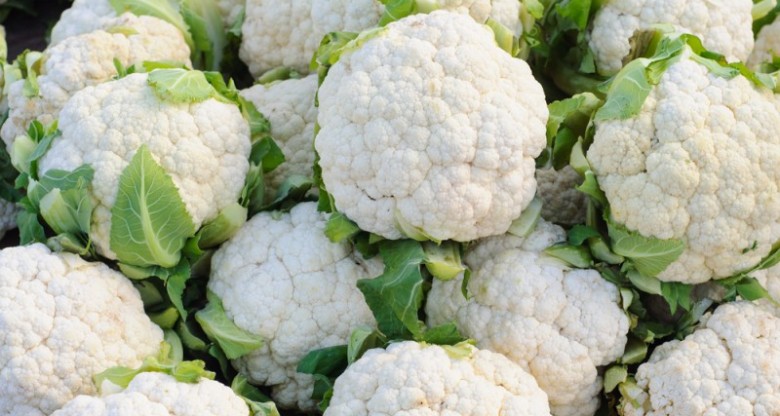If you're looking for a new nutrient-packed veggie to add to your lineup of yummy dinner options, look no further than cauliflower. This cruciferous veggie often plays side fiddle to its greener and more popular sibling, broccoli, but more and more people are learning that cauliflower is not only delicious – it's also super healthy for you. Cauliflower's impressive lineup of vitamins, antioxidants, and minerals makes it a healthy addition to your meal plan (and a versatile one at that!)

Although the list of good-for-you nutrients hiding in cauliflower is extensive, one of the major players is vitamin C. Just a 1-cup serving of cooked cauliflower provides 73 percent of the recommended daily intake of vitamin C for immune system support and protection against excess free radicals within the body. It also contains choline, the B-vitamin thought to prevent age-associated memory loss, and it's a good source of dietary fiber, so it can help regulate your digestive tract. If that's not enough to turn your head, this crunchy veggie also contains vitamin K, thiamin, niacin, riboflavin, magnesium, folate, potassium, and phosphorus. Yes, it is a virtual nutritional powerhouse.
One of the biggest benefits of adding cauliflower to your diet is that it may help to slow tumor growth by killing off cancer stem cells thanks to its sulforaphane, which is a compound of sulfur found in abundance in cauliflower. The National Cancer Institute says it may slow the development of stomach, lung, liver, colon, breast, and bladder cancer. This compound may also give your heart health a boost, since it's been shown to improve blood pressure and improve kidney function.
Cauliflower is all the rage with the low-carb community, since an entire cup of cauliflower contains only 5.3 carbs (or 2.8 net carbs when you factor in its fiber content). The increasing interest in cauliflower has led to an abundant of creative ways to eat it. Some people eat cauliflower in its raw state in salads or sautee it lightly in a wok with other veggies. Many people blanch it for a short time until it's just tender, and others "rice" the cauliflower in a food processor and use it to make pizza crusts. Some creative vegan cooks slice it into "steaks," roll it in almond flour, and bake it in the oven for a low-calorie meatless dinner entrée. No matter how you serve it, cauliflower has a lot to offer nutritionally and from a taste perspective.